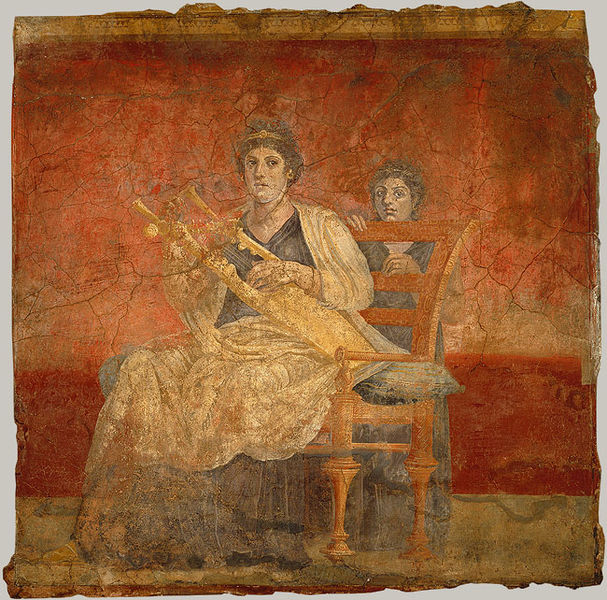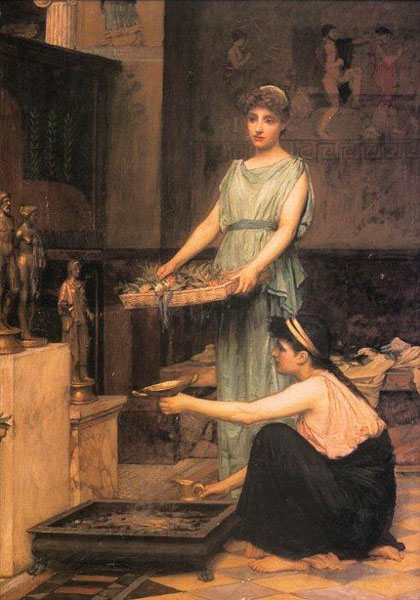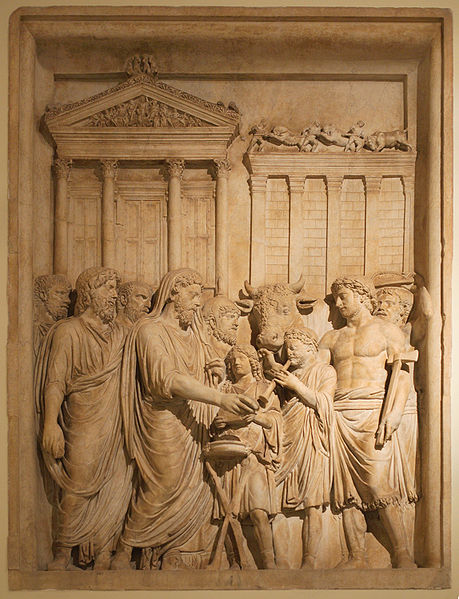The study of ancient rules of private law allowed us to glimpse, beyond so-called historic times, a period of centuries during which the family was the only form of society. This family then contained many thousands of human beings within its large frame. But within this framework human association was still too narrow; too narrow for material needs, for it was difficult for this family to remain self-sufficient in the presence of all life’s hazards; too narrow as well for the moral needs of our nature.
Religious ideas and human society would thus expand at the same time.
Domestic religion forbade two families to mix and join together. But it was possible for several families to unite at least to celebrate a cult they shared without sacrificing anything of their individual religions. And this is what happened. A certain number of families formed a group, which in Greek is called a phratry, and in Latin a curia. Did there exist a blood tie among the families of the same group? It is impossible to confirm. What is certain is that this new association was not undertaken without a certain expansion of religious ideas. At the very moment when they joined together, these families agreed upon a deity superior to their domestic deities, which was shared among them and which watched over the whole group. They erected an altar to him, lit a sacred fire, and instituted a cult.
There was no curia, no phratry, which did not have its altar and its protective deity. The religious act there was of the same nature as in the family.
Each phratry or curia had a head, a curion or phratriarch, whose principle function was to preside over the sacrifices. Perhaps his duties were originally more extensive. The phratry had its assemblies and its deliberations and it could make decrees. In it, as in the family, there was a god, a cult, a priesthood, a tribunal, a government. It was a small society that was modeled exactly on the family.
The association naturally continued to grow larger, in the same manner. Many curiae or phratries grouped together and formed a tribe.
The new circle had its religion as well; in each tribe there was an altar and a protective deity.
The tribe, like the phratry, had assemblies and made decrees, to which all the members had to submit. It had a tribunal and the right to justice over its members. It had a head, tribunus, phylobasiléus. (Foustel de Coulanges, La Cité Antique, book 2, pp. 131-135 passim).












